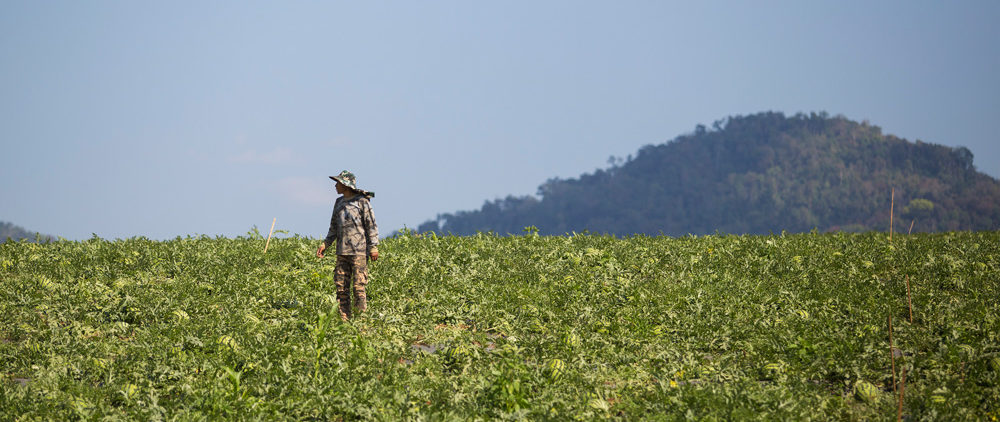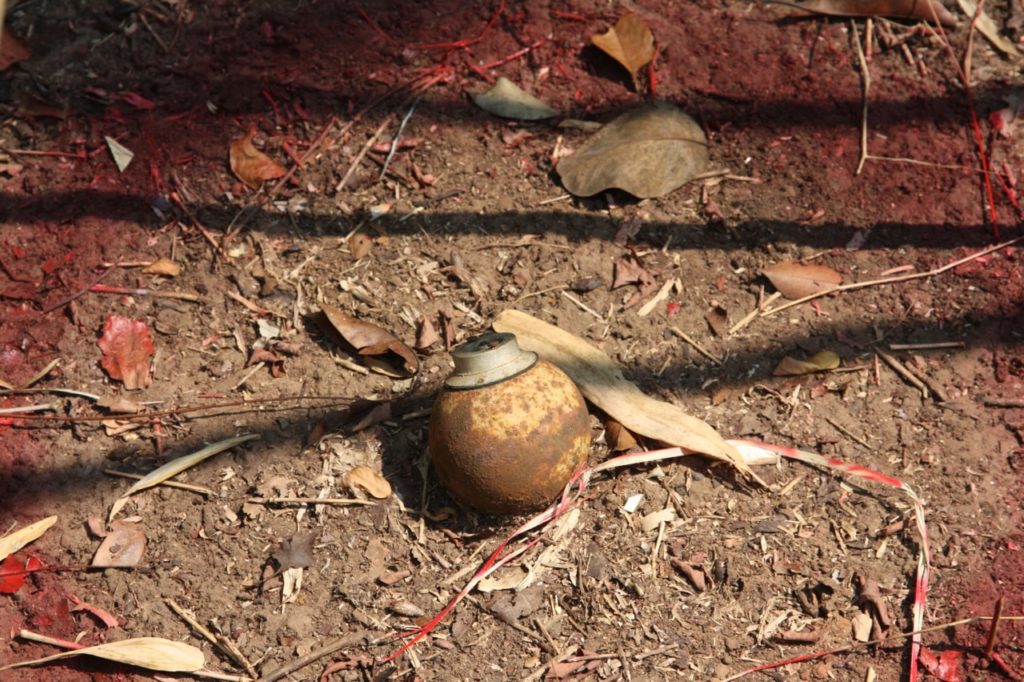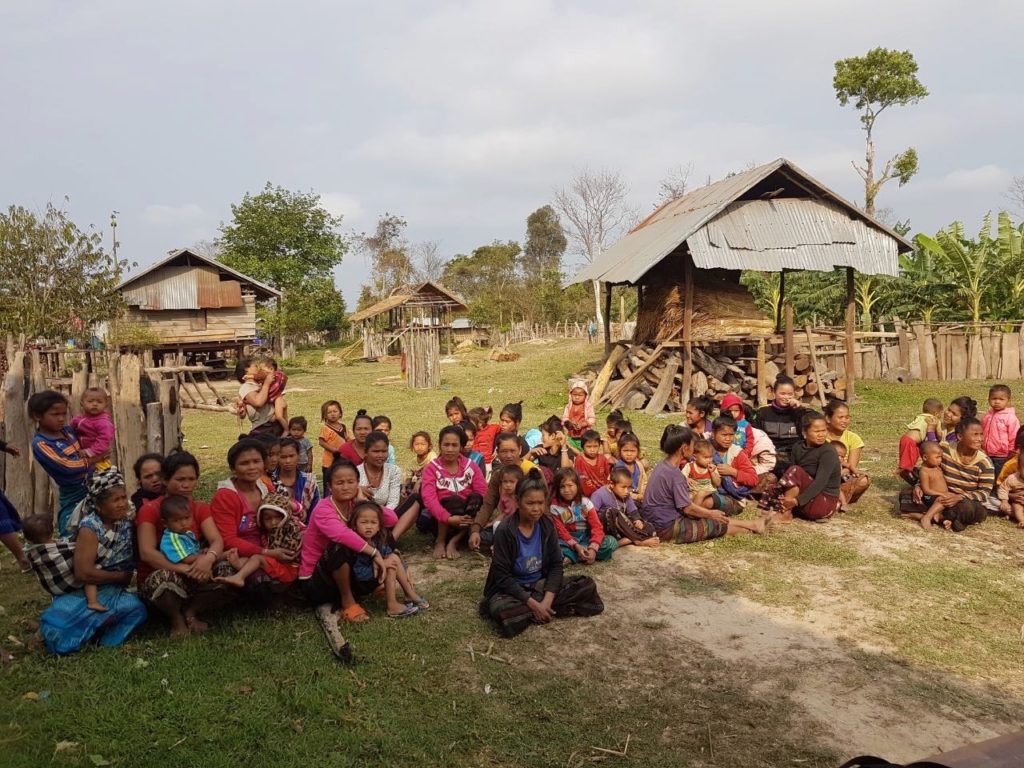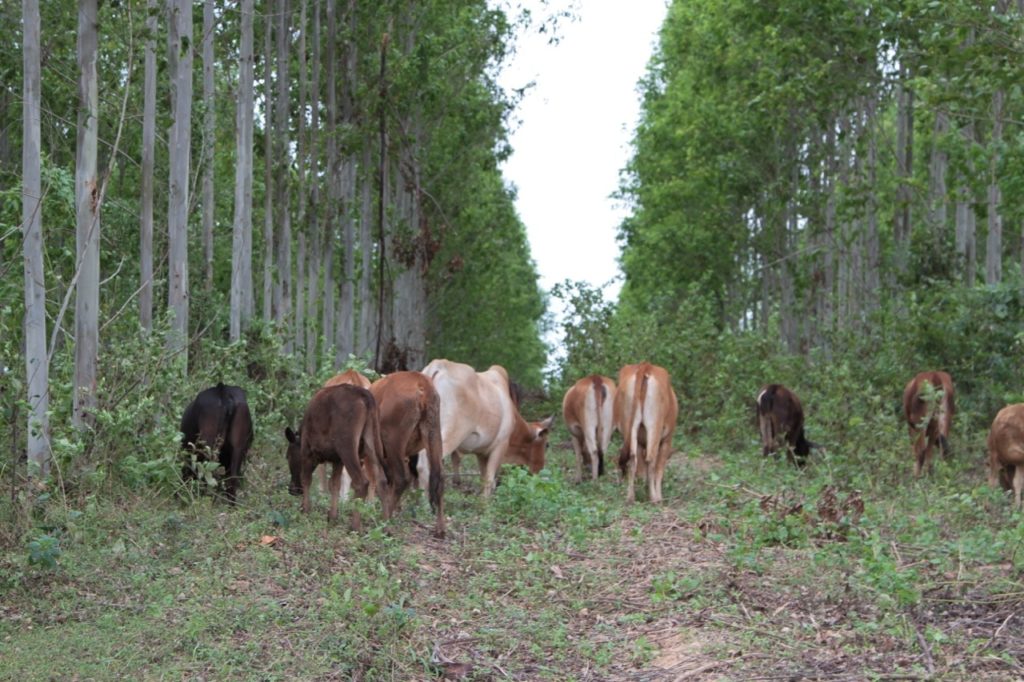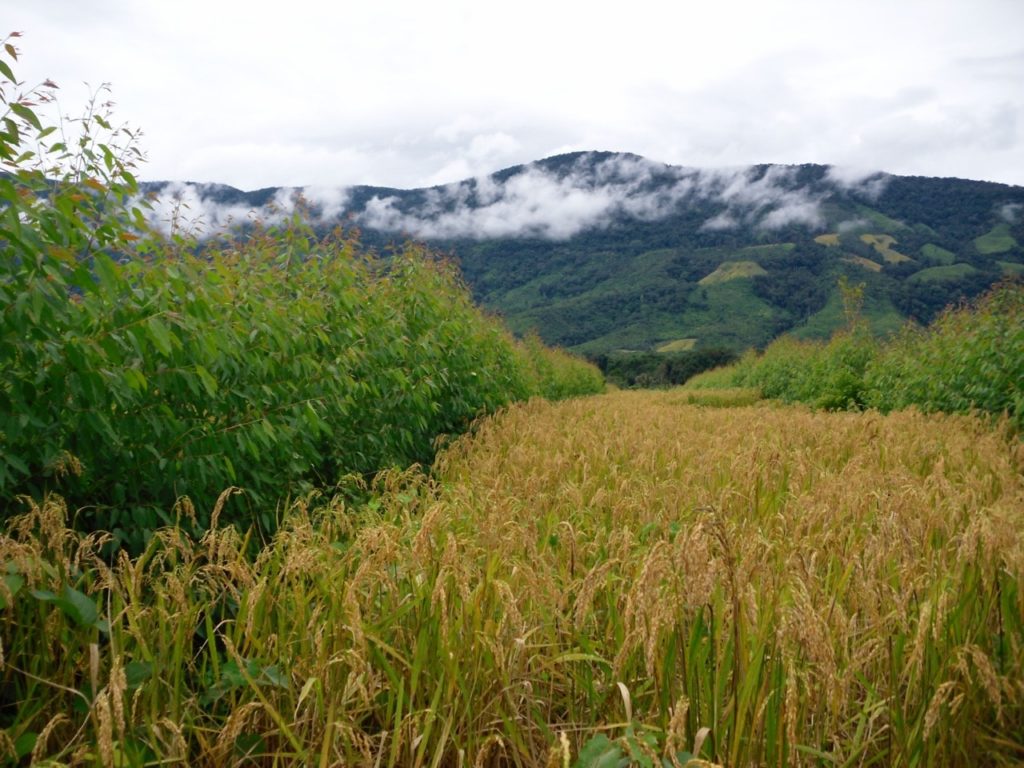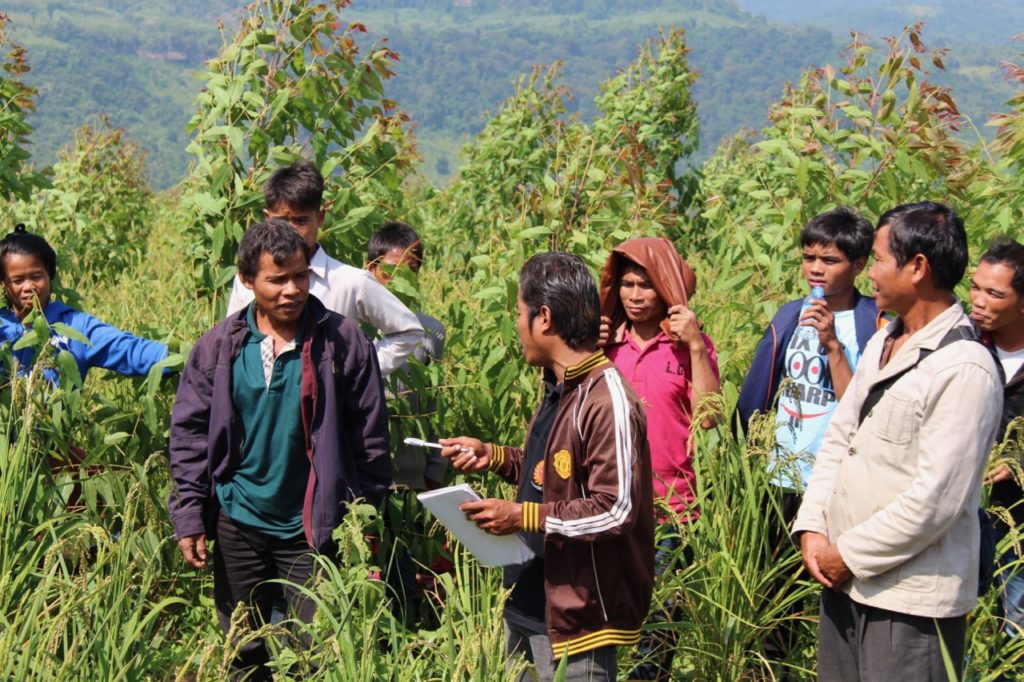For centuries smallholder farmers have combined crops and trees in agroforestry systems to ensure agricultural productivity and healthy ecosystems. The small-scale practice has proven to be effective for better yields, diversification and soil quality. But can it be scaled up? There is an agroforestry project in Laos that combines commercial forestry with local food production, keeping profits intact.
The Laos management team of Stora Enso, one of the largest pulp and paper industry groups in the world, pioneered a new model for timber production. In contrast to most other plantation operations, the company’s new model counterbalances interests of all the relevant stakeholders, integrating food security and commercial wood production.
How can a multinational, large-scale pulp and paper industry meet commercial goals by using practices that squeeze timber, rice and cattle production into the same space? Peter Fogde, Chief Operations Officer at Stora Enso Laos, believes it is possible, but that one has to put farmers at the centre of the approach:
“You can’t work against the farmers, you need to work with them, with the people and their needs. That’s how you succeed”.
